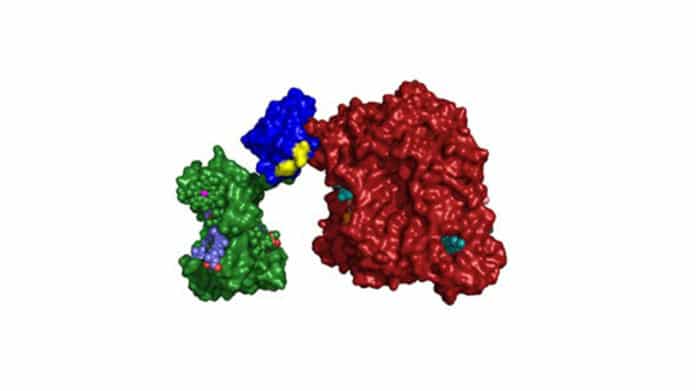Scientists from the University of Bristol have developed a photosynthetic protein system using both chlorophyll and bacteriochlorophyll to enhance a more sustainable approach to solar-powered technological devices. In doing so, scientists demonstrated the two pigment systems could work together to achieve solar energy conversion.
Lead author of the study and Reader in Biochemistry at the University of Bristol, Dr. Mike Jones, said:
“In the past, two main types of protein have been used for solar energy conversion in technological devices. The first is from ‘oxygenic’ photosynthetic organisms -plants, algae, and cyanobacteria – that contain chlorophyll as their primary photosynthetic pigment and produce oxygen as a waste product of the process. The second is from ‘anoxygenic’ organisms, bacteria that contain bacteriochlorophyll as their primary photosynthetic pigment.“
“We have assembled these two proteins, from very different parts of the photosynthetic world, into a single biological photosystem that enables expanded solar energy harvesting. We have also demonstrated that this system can be interfaced with human-made electrodes to achieve expanded solar-to-electric conversion.”
Scientists purged a reaction center protein from a purple-colored photosynthetic bacterium and a light-harvesting protein from a green plant (actually made recombinantly in E. coli). They locked them permanently together, utilizing a linking domain taken from a second bacterium. The outcome is the leading single complex with a well-defined protein and pigment composition that shows extended solar energy conversation.
Dr. Jones said, “This breakthrough is an example of a synthetic biology approach, treating proteins as components that can be assembled in new and interesting ways using a common and predictable interface.”
“This work shows that it is possible to diversify the protein systems which can be built into devices beyond those which nature supplies, using a simple approach achieved purely through genetic encoding.”
“The next step was to expand the palette of photosynthetic pigments, using proteins from cyanobacteria that contain bilin pigments that absorb yellow and orange light, and to explore linking enzymes to these novel photosystems to use sunlight to power catalysis.”
Reference:
- Polychromatic solar energy conversion in pigment-protein chimeras that unite the two kingdoms of (bacterio)chlorophyll-based photosynthesis. DOI: 10.1038/s41467-020-15321-w
